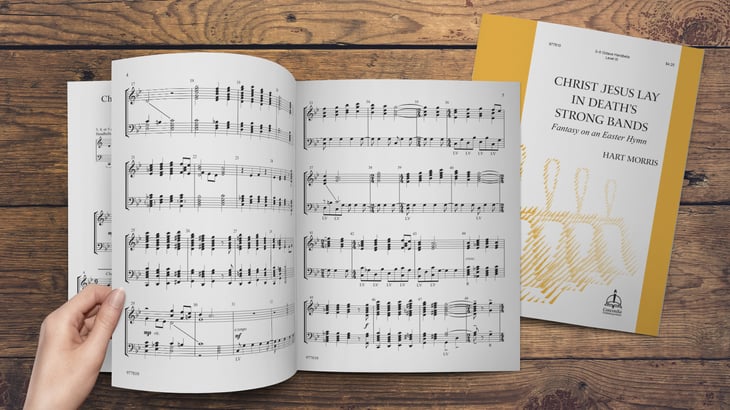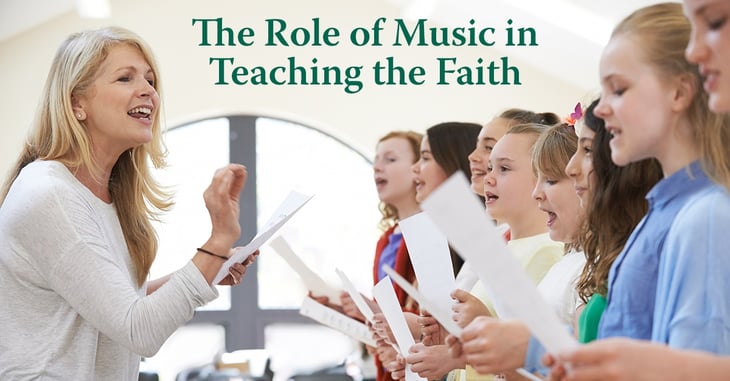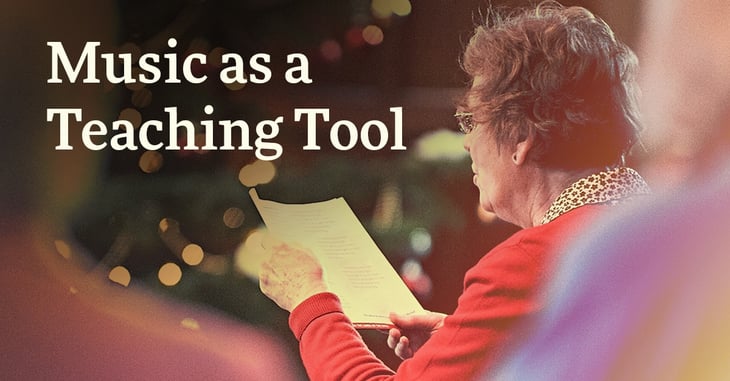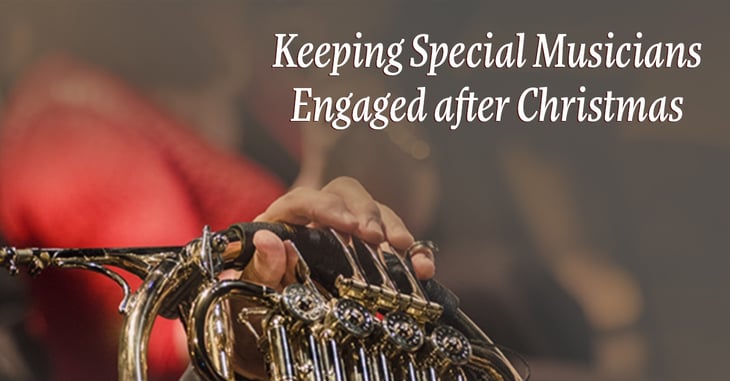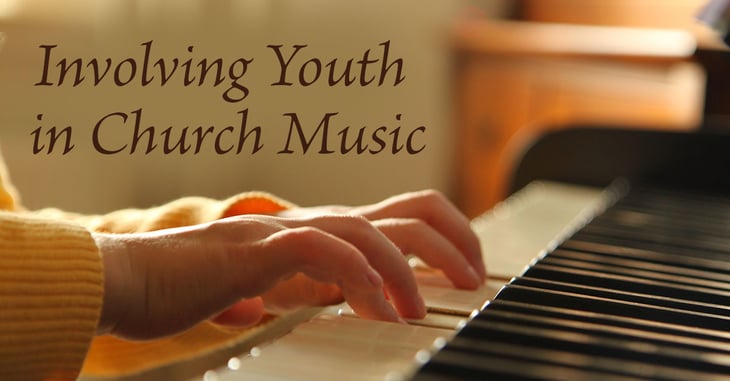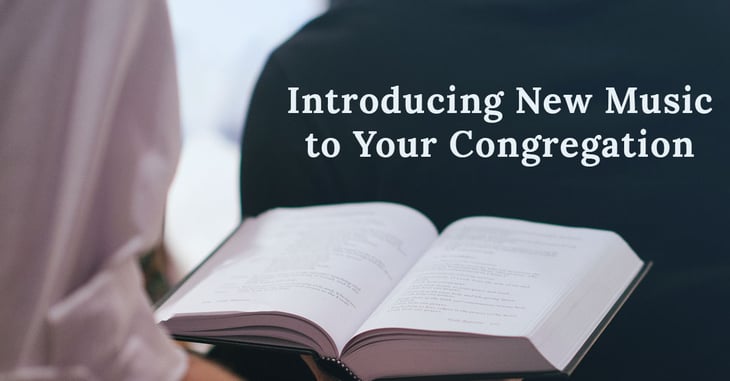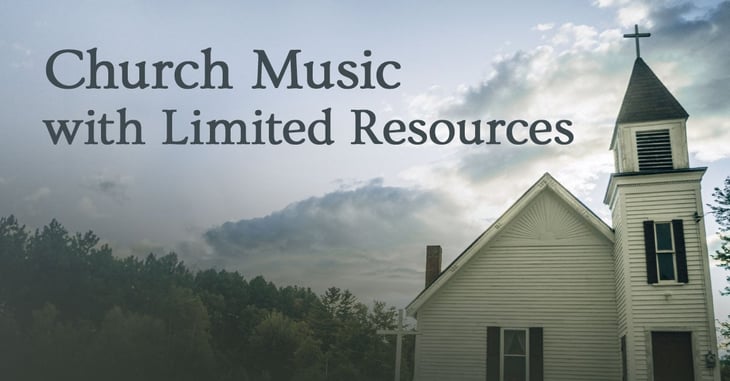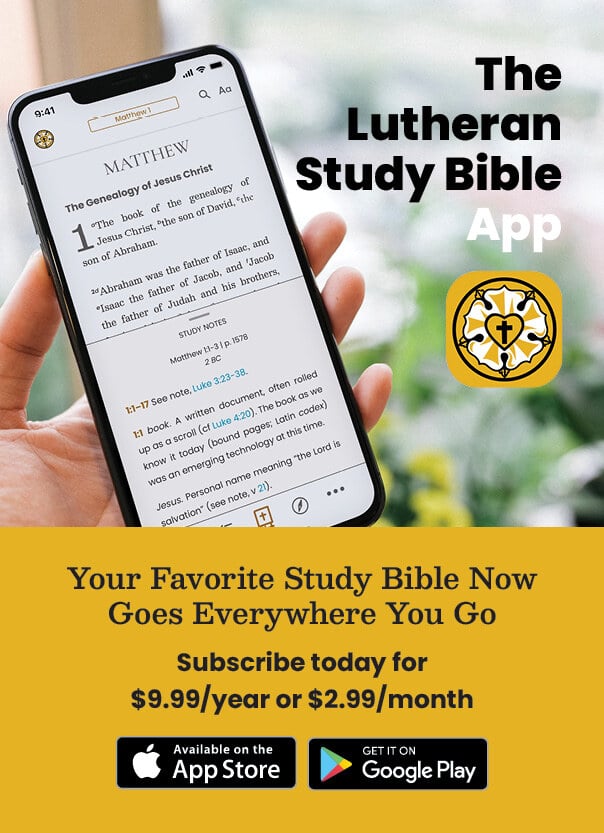Music of the Month: Christ Jesus Lay in Death’s Strong Bands
Hart Morris’s arrangement of “Christ Jesus Lay in Death’s Strong Bands” is a Level III piece scored for 3–5 octave handbells. With roots in the Ancient Church and strong theological undercurrents, the piece is well placed on Easter Day or any Sunday during the Easter season.
How to Get Middle School Kids to Participate in Choir Class
Students, especially middle schoolers on the cusp of adulthood, long to be treated with respect and dignity; however, as music teachers, it is often tempting to search for music we think might be popular with our students regardless of musical, or spiritual, value. As soon as we recognize that kids can tell when we are trying to cater to their childishness rather than help lead them toward a mature adulthood, we can see how valuable hymns are in teaching our middle schoolers.
Emmanuel Has Come—Even to Tired Church Musicians
As Christmas approaches, everything around us tells us to be merry and happy—and we should be as we rejoice at the remembrance of the birth of Christ. For us church musicians, though, this time of year finds many of us busy, anxious, and stressed, a far cry from the Christmas cheer everyone around us espouses. Fortunately for us, our tasks during this season lead us to the truth, the ultimate cause of rejoicing.
5 Networking Tips for Church Music Directors
God created us to be in community, and that applies to every aspect of our lives, including our jobs. If you’re a church music director, you need musicians to make music with, coworkers to run ministries with, and other music directors to learn and get help from. All these things require relationships—in other words, a network. Here are some ways to build a network that can help you continue to grow and move forward.
The Role of Music in Teaching the Faith
We know that music is important in teaching people about Jesus, but what does that actually look like? What practical steps can music directors take to teach not only music but also the Christian faith? Below is an excerpt adapted from Kenneth T. Kosche’s article in The Pedagogy of Faith, a book for Lutheran educators about teaching methods they can use in the Christian classroom. Our excerpt is from the chapter about music.
Music as a Teaching Tool
Have you ever wondered why it’s so easy to remember the lyrics to that one song you heard on the radio but it’s so hard to remember Luther’s explanation of the Fifth Commandment? That’s because when you put things to music, they’re much easier to memorize.
Keeping Special Musicians Engaged after Christmas
It is often at Christmas that church music directors pull out all the stops—and all the special musicians. Special musicians, whether they are singers or instrumentalists, are usually willing to share their talents at this festive time of year. But how can church music directors engage these other musicians all year round?
Involving Youth in Church Music
A topic of discussion for many years has been how to get youth more involved in church. One way to approach this is by looking at music. Get the youth involved in music; then point them to music in the church. Here are a few ways to think about involving young people in church, specifically through music.
Introducing New Music to Your Congregation
Introducing new music to your congregation is an important task that can require much patience and persistence. A little planning and coordination ahead of time can help eliminate some of the frustration that comes with it. Here are a few suggestions on how to roll out a new piece of music to your congregation.
Church Music with Limited Resources
I recently played at a church that had a very limited organ. I had always thought the regular organist did a fine job but could have been more creative. Then I discovered that the instrument did not offer much to encourage creativity. Each manual had about five basic stops, and I struggled to lead the congregation in a way that encouraged singing.
